Episode 236: Who Is Running the Campaigns?
Every year, the United States gears up for a fresh cycle of elections, ranging from local and congressional to the much-anticipated presidential elections. While most of us see the end result through the lens of television ads, text messages, and community meetings, few understand the invisible decision-making that influences our democracy.
In this in-depth conversation, Professor Daniel Laurison joins L. Joy at the front of the class to delve into the nuts and bolts of campaign operations. Laurison's book, "Producing Politics Inside the Exclusive Campaign World Where the Privilege Few Shaped Politics for All of Us," served as the foundation of the discussion. The conversation revealed a considerable divide between the message creators behind the campaign scenes and the diverse American people.
Laurison's work highlights a predominant demographic group within the campaign — white, college-educated individuals, who L. Joy calls “the khaki boys.” This demographic disparity potentially impacts how campaigns target or overlook certain voters .
Campaigns hire a variety of roles beyond the campaign managers, communication strategists, and field operatives who bear the brunt of the legwork. The political department plays a crucial role as it facilitates connections between the campaign and various communities. Yet, the racial, ethnic and class diversity often seen in political departments is sometimes disjointed from the heart of the campaign strategy, limiting diverse influences on campaign decision-making.
The systemic bias in campaign strategies has tangible real-world consequences. In reality, campaigns have limited time and limited resources to get to the win on Election Day. Campaigns often play it safe, targeting the voters most likely to turn out with minimal “touches”. This approach creates a cycle that leaves disadvantaged communities out of the process, leading to increased political inequality and widening participation gaps in the political process.
Even if major campaigns like a presidential have resources to allow them to reach out to diverse communities, individuals may not want to step out as an outlier therefore resulting in maintaining the status quo. Greater inclusivity could be achieved by leveraging local community connectors or organizers to create trust and meaningful connections. This would require a shift from traditional 'top-down' campaign structures, giving authority and recognition to community voices.
The stakes of our election cycles are too significant to let old patterns dictate new outcomes. The conversation between Prof. Laurison and L. Joy encourages us to question who candidates are hiring to run their campaigns and how that shapes our political landscape.
Take Civic Action
Ask questions of candidates running to represent you. Find out who they are & what pool they are drawing campaign staff from for starters.
Read More
Prof. Daniel Laurison
Daniel Laurison is an Associate Professor of Sociology at Swarthmore College and the Director of the Politics and Equal Participation Lab at Swarthmore College’s Lang Center. His research is on issues of class and social mobility, and class and racial inequality in US politics. He is the author of Producing Politics: Inside the Exclusive Campaign World Where the Privileged Few Shape Politics for All of Us (Beacon Press 2022) and worked as a field organizer on Barack Obama’s 2008 campaign. His previous book was The Class Ceiling: Why it Pays to Be Privileged (Polity Press 2019, co-authored with Sam Friedman). His current project, funded through a Carnegie Fellowship, is an examination of the ways poor and working-class people, in all racial-ethnic groups, engage with and disengage from electoral politics.


